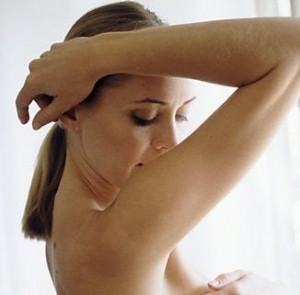 The below question is answered by Charleston breast surgeon, Dr. James E. Craigie. of The Center for Natural Breast Reconstruction:
The below question is answered by Charleston breast surgeon, Dr. James E. Craigie. of The Center for Natural Breast Reconstruction:
After having breast reconstruction using the DIEP method do I need to have yearly mammogram? If so, can the pressure from the procedure cause any damage to the tissue or blood vessels used in the reconstruction?
First of all, following mastectomy and reconstruction with your own tissues, a mammogram is routinely not needed on a regular screening basis. Screening mammograms are only helpful for normal breast tissue; therefore, in our patients we do not recommend that they have regular screening mammograms. From time to time, people will be seen in follow up for examination and have areas of the breast feel firm or hard and sometimes the oncologist or other physicians will order mammograms to investigate a specific finding. This would normally be performed after the first and second stages of the reconstruction process were completed and therefore should pose no risk of injury to the blood vessels that were connected to the breast.
-James E. Craigie, M.D.
Do you have a question about breast implants or natural breast reconstruction? Ask the doctor by submitting your questions here.






